let say I have this code:
num_rows = 10
num_cols = 1
fig, axs = plt.subplots(num_rows, num_cols, sharex=True)
for i in xrange(num_rows):
ax = axs[i]
ax.plot(np.arange(10), np.arange(10)**i)
plt.show()
the result figure has too much info and now I want to pick 1 of the axes and draw it alone in a new figure
I tried doing something like this
def on_click(event):
axes = event.inaxes.get_axes()
fig2 = plt.figure(15)
fig2.axes.append(axes)
fig2.show()
fig.canvas.mpl_connect('button_press_event', on_click)
but it didn't quite work. what would be the correct way to do it? searching through the docs and throw SE gave hardly any useful result
edit:
I don't mind redrawing the chosen axes, but I'm not sure how can I tell which of the axes was chosen so if that information is available somehow then it is a valid solution for me
edit #2:
so I've managed to do something like this:
def on_click(event):
fig2 = plt.figure(15)
fig2.clf()
for line in event.inaxes.axes.get_lines():
xydata = line.get_xydata()
plt.plot(xydata[:, 0], xydata[:, 1])
fig2.show()
which seems to be "working" (all the other information is lost - labels, lines colors, lines style, lines width, xlim, ylim, etc...) but I feel like there must be a nicer way to do it
